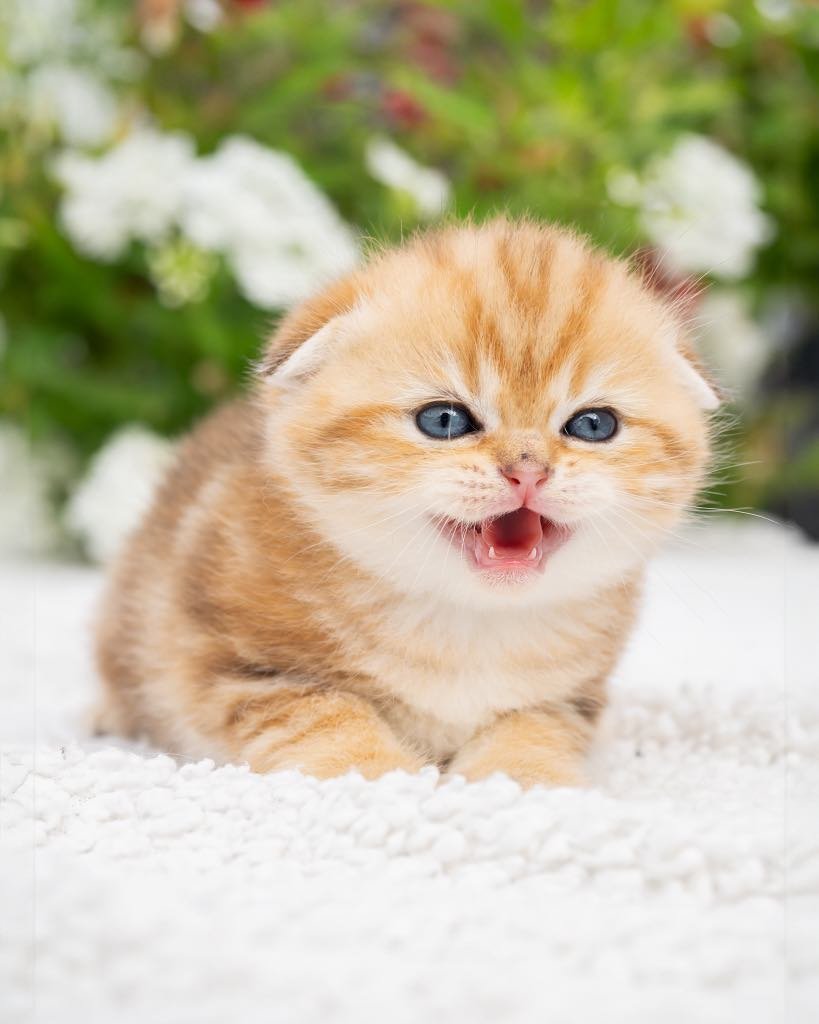This cattery has NOT been inspected by and is not endorsed by The International Cat Association, Inc.













Why Spay and Neuter?
Spay and Neuter: Understanding Your Options and Why It Matters
As a responsible pet owner or breeder, understanding the importance of spaying and neutering is crucial for the health and well-being of your cats. Beyond preventing unwanted litters, these procedures offer numerous health benefits and contribute to controlling the pet population. In this article, we’ll explore the various spay and neuter options, their benefits, and why they are essential.
Why Spay and Neuter?
Prevents Unwanted Litters – Millions of cats end up in shelters every year due to overpopulation. Spaying and neutering help reduce this issue by ensuring that only intentional and well-planned breeding occur.
Health Benefits – Spayed females have a lower risk of uterine infections (like pyometra) and breast cancer, while neutered males are less likely to develop testicular cancer and prostate issues.
Behavioral Improvements – Neutering males reduces spraying, roaming, and aggressive tendencies. Spayed females do not go into heat, avoiding excessive vocalization and attracting unwanted attention from intact males.
Longer Lifespan – Studies show that spayed and neutered cats tend to live longer, healthier lives due to the reduced risk of certain diseases and injuries from fights or roaming.
Spay and Neuter Options
There are several options when it comes to spaying and neutering, depending on the age, health, and needs of the cat:
Traditional Spay/Neuter – The most common procedure where females undergo an ovariohysterectomy (removal of the ovaries and uterus), and males undergo an orchiectomy (removal of the testes).
Early Spay/Neuter – Performed as early as 8-12 weeks old. Many breeders and shelters choose this option to ensure the kittens are sterilized before adoption. As part of responsible breeding practices, I use early spay/neuter (ESN) at 90+ days plus an additional 7 weeks to ensure the kitten reaches 3 pounds, conducted through Emancipet.org. This ensures that kittens cannot be used for backyard breeding, helping to maintain the integrity of the breed and prevent irresponsible breeding practices. Additionally, this provides peace of mind for future pet parents, knowing their kitten has already undergone the necessary procedure for a healthier and well-adjusted life.
Laparoscopic Spay – Laparoscopic spay is a minimally invasive surgical procedure to sterilize female animals (cats and dogs). It involves removing the ovaries through small incisions in the abdomen using a laparoscope, a thin tube with a camera at the end.
Hormone-Sparing Sterilization – rare cases, ovary-sparing spays or vasectomies are performed to retain some hormonal functions while preventing reproduction. This option is less commonly used due to the continued presence of sex hormones, which can lead to behaviors typically associated with intact cats, such as spraying, roaming, or heat cycles in females. Additionally, access to veterinarians experienced in these procedures may be limited, making it less practical for most pet owners and breeders. – In rare cases, ovary-sparing spays or vasectomies are performed to retain some hormonal functions while preventing reproduction.
When to Spay or Neuter?
Timing can vary based on the cat’s health, breed, and lifestyle:
12 Weeks – Ideal for pediatric spay/neuter in shelters or breeding programs.
4-6 Months – Recommended for most pet cats before sexual maturity.
6+ Months – Some larger breeds or specific cases may benefit from waiting until full growth.
The Role of Responsible Breeding
Breeding is a highly complex and demanding hobby that requires extensive knowledge, dedication, and continuous education. It is not simply about producing kittens; it involves genetic planning, health screening, and ensuring the well-being of both the breeding cats and their offspring. Ethical breeders invest years into studying feline genetics, pedigrees, and proper care to improve the breed while maintaining its health and temperament.
Unneutered male cats (studs) present additional challenges. Their bites can be very dangerous, often requiring antibiotics or even hospitalization due to the risk of deep-tissue infections. Additionally, housing a stud requires a specialized, separate space to prevent the strong odor and potential mess from permeating the entire house. Proper stud management is essential to maintaining a clean and healthy cattery environment.
Breeding is a highly complex and demanding hobby that requires extensive knowledge, dedication, and continuous education. It is not simply about producing kittens; it involves genetic planning, health screening, and ensuring the well-being of both the breeding cats and their offspring. Ethical breeders invest years into studying feline genetics, pedigrees, and proper care to improve the breed while maintaining its health and temperament.
For breeders, strategic spaying and neutering help maintain healthy bloodlines and ensure ethical breeding practices. In responsible catteries, kittens are spayed/neutered before going to their new homes, preventing accidental litters and ensuring that only carefully selected breeding cats contribute to the next generation.
Final Thoughts
Spaying and neutering are essential components of responsible pet ownership. Whether you’re a breeder ensuring quality bloodlines or a pet owner wanting the best for your cat, these procedures play a critical role in feline health, behavior, and population control. By making informed choices, we can contribute to a healthier, happier feline community.
PurrfectlyFold Scottish Fold Cattery Reviews



